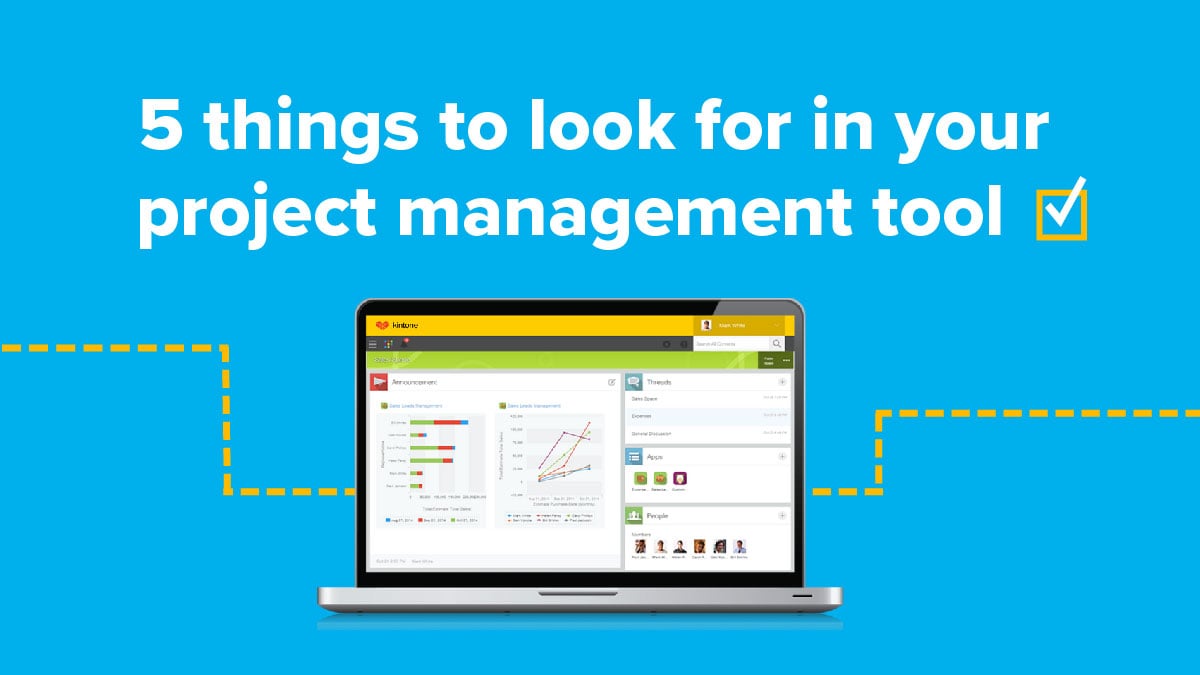We've all heard of projects that end up going way over their original estimates. It's a huge source of frustration for stakeholders and project managers alike. It can harm your company's credibility or even create a sense of distrust among management and project leaders.
The first step for successful cost estimating is finding the right person to take on the responsibility. Like with anything, experience matters. Less experienced planners tend to be overly optimistic and assume that everything will go right. More experienced managers, on the other hand, lean toward thinking everything will go wrong and build in a buffer.
Regardless, project managers typically follow a few tried and true methods to try and create the most reliable estimates.
Here are three common methods used:
1. Parametric Estimation
This is one of simplest methods that estimates projects on a quantitative basis, such as dollars per square feet or number of installations per day. But not everything can be quantified, which leaves some gaping holes in your estimation.
2. Analogous Estimation
This method is based on historical information of past projects. It's generally used early on when much is not known about a project. Analogous estimations will use time or cost in similar projects to create a new estimation. It's a quick and relatively easy method of estimating, although not the most accurate.
3. Bottom-up Estimation
This is the most accurate, but also the most time-consuming form of estimating since it requires breaking down each project task into smaller components, such as individual deliverables. The estimates for the smaller chunks are combined to create a larger estimate for the entire project as a whole.
In this type of estimation process, the first step is to create a work package that outlines the scope and major deliverables that each team member will produce as well as costs, duration and potential risks.
MORE: Learn how to automate the tedious parts of your project management with Kintone
When calculating cost and time estimates for each deliverable, a three-point estimation formula where each team member provides their pessimistic, optimistic and best-guess estimates will help achieve the most accurate results.
Final Thoughts...
About the Author
Euna is a Senior Content Specialist at Kintone. She holds a BA in English from the University of Michigan and has a thing for words, food, and travel.











